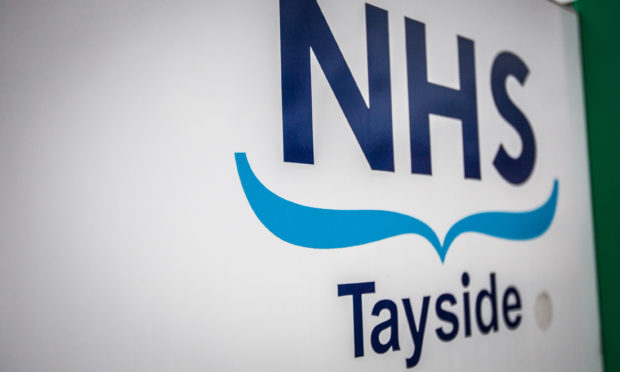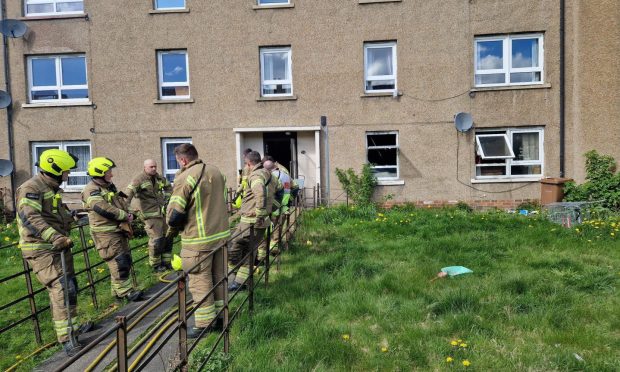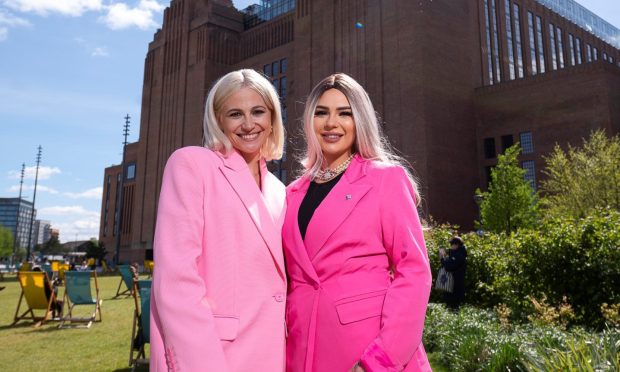Children aged four and under had to be hospitalised more than 60 times in Tayside after ingesting drugs over the past three years.
Meanwhile a number of kids as young as ten were also admitted to A&E at Ninewells Hospital and Perth Royal Infirmary with alcohol-related injuries and illnesses between 2016 and 2019.
The highest numbers of youngsters presenting with drug and alcohol-related ailments were in the 14-17 age category, with 487 having ingested drugs and 171 having drunk alcohol, during the same time period.
NHS Tayside said that in the case of toddlers, the substances were mostly taken accidentally and urged parents to ensure they keep drugs and medications out of children’s reach.
Dr Ronald Cook, consultant in emergency medicine at NHS Tayside said: “We see a very small number of cases of young children presenting at A&E suffering from the effects of drug ingestion.
“In the vast majority of cases, the drugs have been consumed accidentally.
“The consequences of small children ingesting drugs can be very serious and parents should ensure that all medication is safely and securely stored out of the reach of children.”
Out of the 10-13 age group, a total of 54 children were taken to A&E with a drug-related diagnosis, while 34 had an alcohol-related diagnosis.
Meanwhile, from 26 May 2016 – 31 December 2018, there have been 973 people of all ages admitted to hospital with diagnoses relating to “New Psychoactive Substances”, also known as NSPs or “legal highs”.
Gez Lawson head of Scotland’s community programmes for young people’s charity Mentor said: “It is terrible to see any young people admitted to A&E for drug-related incidents.
“All young people in Scotland should have access to up-to-date information about the risks associated with drugs and we work to support them to develop the skills they need to engage with this in their day-to-day lives.
“It is crucial that we continue to work with young people to understand their views and experiences when it comes to exposure to drugs.
“The admission of very young children to A&E shows that there is also a lot of work to be done educating and building capacity among parents and carers to understand the dangers of drugs in the home.
He added: “Young people we have worked with believe that it is important to empower parents as well as themselves with the information and skills to understand the risks associated with substance use.
“Talking with young people and listening to their views is a crucial part of shaping effective community prevention programmes in Scotland and Mentor will continue to with young people, communities and families to ensure this is the case.”










